Variety
Conventional
Technique
Machines
Castor-oil
plant is a member of the Euphorbiaceae family which is a kind
of perennial woody herbaceous plant. It originated from Egypt,
Ethiopia and India. Subsequently it was spread to Brazil, Thailand,
Argentina and United States of America etc. The castor planted
in China came from India and has a history of more than 1400
years.
Castor has very high value in use: castor bean seeds can produce castor oil; castor leaves can raise silkworms; castor stems can be made into paper and medium density board etc. ; castor bean seeds, leaves, roots and stems can be used as natural medicine. Modern medical research shows that ricin is an important cancer-resisting substance. Castor meal is nutritious which is a good quality organic fertilizer and a high protein feed after detoxication. The oil content of castor bean seeds is about 50% which is higher than other oil crops.
The three main use of castor oil:
First, high-grade lubricant: castor oil has special stability, it doesn’t solidify at -18°ś and doesn’t deteriorate and burn at
Castor has very high value in use: castor bean seeds can produce castor oil; castor leaves can raise silkworms; castor stems can be made into paper and medium density board etc. ; castor bean seeds, leaves, roots and stems can be used as natural medicine. Modern medical research shows that ricin is an important cancer-resisting substance. Castor meal is nutritious which is a good quality organic fertilizer and a high protein feed after detoxication. The oil content of castor bean seeds is about 50% which is higher than other oil crops.
The three main use of castor oil:
First, high-grade lubricant: castor oil has special stability, it doesn’t solidify at -18°ś and doesn’t deteriorate and burn at
- 1
- 2
- 3
- 4
Second, important industrial chemicals: castor oil contains near 90% of ricinoleic acid, which makes castor oil becomes the important raw material of modern chemical. Almost all products made from petroleum can be made from castor oil, but many products made from castor oil are not able to be made from petroleum. There are no less than 3000 deep processed products of castor oil, nylon-11, sebacic acid and 12-hydroxy stearic acid etc. have been widely used in such High-tech industries as pharmaceuticals, aerospace, military, communication, machinofacture and fine chemistry etc.
Third, the promising biological energy: as continuous increasing scarcity of world petroleum resources, people pay more and more attention to energy utilization of castor. Castor will be the promising biological energy because of its high unit area oil production, wide adaptability and because it doesn’t occupy fertile farmland which is good for growing grain crops and cotton. The main castor producer is India, China and Brazil, the total yield of these three countries is more than 80% of the world total production.The world castor planting area is more than 3 million hectares all year round and produce about 1.5 million tons of castor beans per year which is not bale to meet the current processing requirement. If being used as biological energy in the future, the demand for castor will increase dramatically.
Castor planting was very universal in China before 1980’s, but it was given up gradually in many regions because of the low yield, low benefit, small cultivation scale and difficult selling of the previous conventional varieties. Since 1990’s, castor yield has increased substantially as the appearing of hybrids, the benefits has increased gradually to about £§1000 /mu. Some experts predict that the conventional varieties will wholly be replaced by the hybrids in several years in the future, and the developing trend of castor industry will be improved varieties, large scale, high efficiency and industrialization. In China, the castor distribution has no obvious boundaries, castor is planted in large regions from southern Hainan island to northern Heilongjiang province. Castor hybrids have many outstanding characteristics such as drought- enduring, barrenness-enduring, saline-alkali-enduring, strong adaptability, simple management, low investment and high economic benefits etc., so they can be planted in fertile farmland, hilly land, mountain slope, saline-alkali soil, even on the edge of the field, around the houses etc.°°
Zibo Academy of Agricultural Sciences (Zibo Branch of Shandong Academy of Agricultural Sciences) discovered the plant without male flowers in 1984, they conducted the research of castor crossbreeding and a series of castor gynoecy inbred lines were developed by inducing of agronomic techniques. Using the gynoecy lines as female parent, Zibo Academy bred castor hybrid varieties-ZiboCastor No.1-No.9 in progression , among which 6 varieties passed the evaluation of Provincial Variety Evaluation Committee£¨ 4 varieties were identified by expert group of National New Varieties Appraisal Committee of Castor. Experts identified that the castor breeding project of the academy has reached the international leading level in the breeding of castor varieties. ZiboCastor series hybrids have been popularized to more than 20 provinces and autonomous regions in China such as Jilin, Neimeng, Xinjiang, Shanxi, Heilongjiang, Hunan, Hubei, Guangxi, Sichuan, Yunnan, Hebei, Henan and Shandong etc. It also extended to more than 10 countries such as Indonesia, Malaysia, Pakistan, Laos, Thailand, Viet Nam, Ethiopia, Nigeria and Netherlands etc.




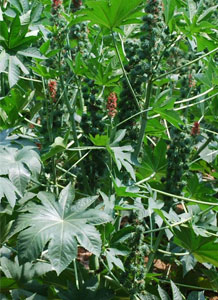 ZiboCastor No.1
ZiboCastor No.1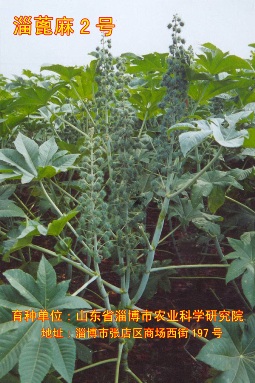 ZiboCastor No.2
ZiboCastor No.2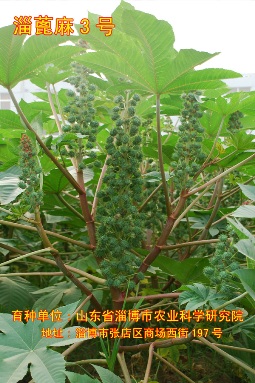 ZiboCastor No.3
ZiboCastor No.3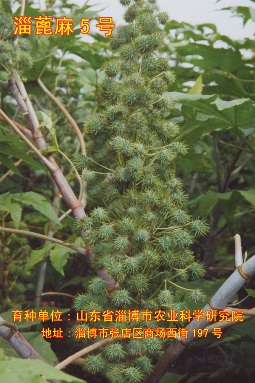 ZiboCastor No.4
ZiboCastor No.4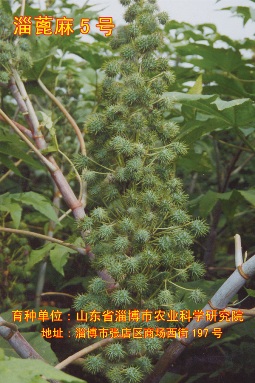 ZiboCastor No.5
ZiboCastor No.5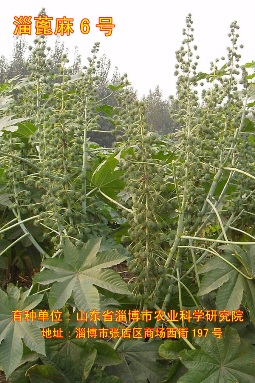 ZiboCastor No.6
ZiboCastor No.6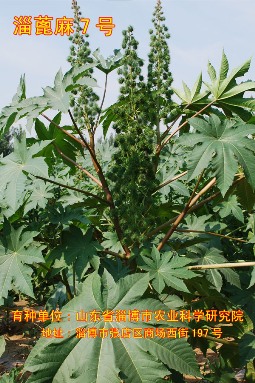 ZiboCastor No.7
ZiboCastor No.7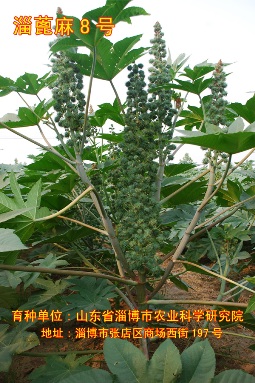 ZiboCastor No.8
ZiboCastor No.8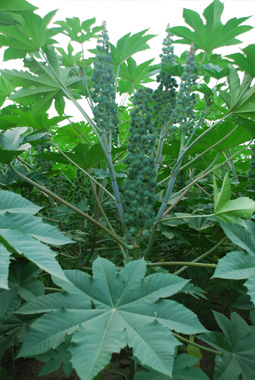 ZiboCastor No.9
ZiboCastor No.9